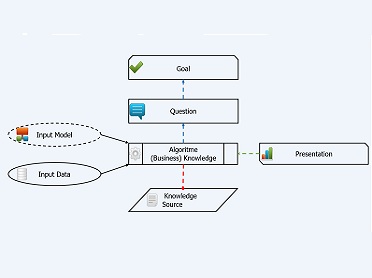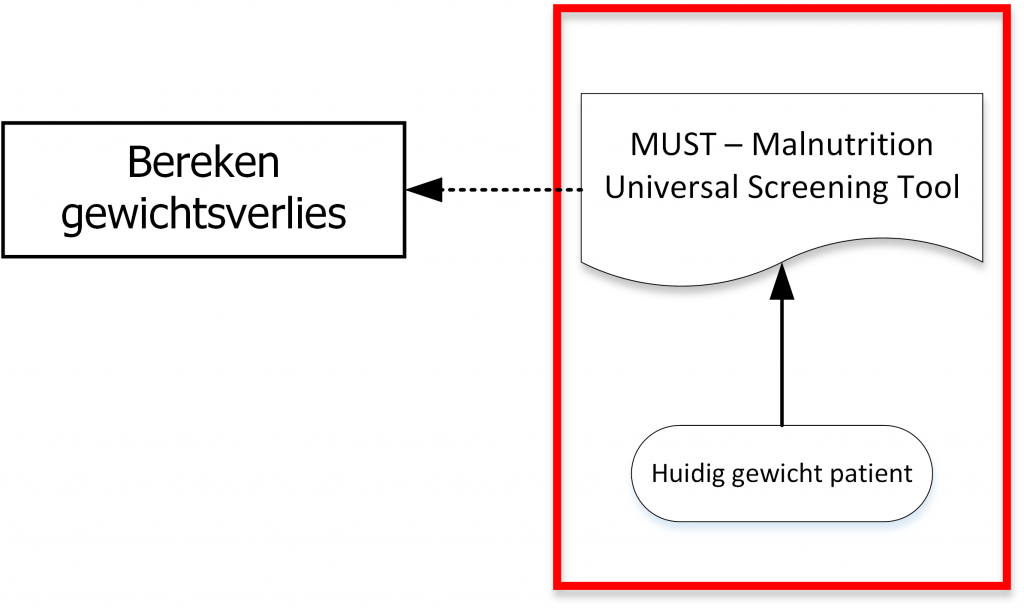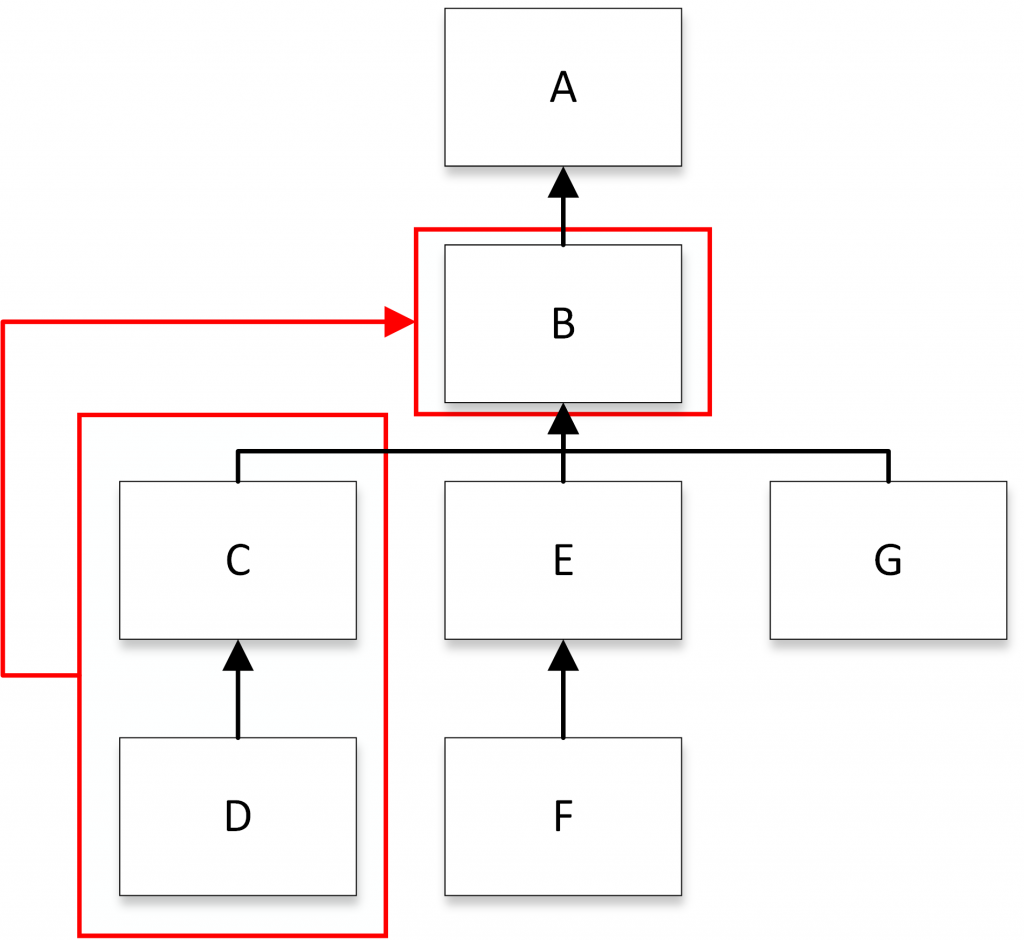After a decision requirements diagram or decision architecture is formulated, people often ask the question: How should each individual decision be specified? Do we specify all underlying business logic of each decision completely? Do we need a predictive analytics engine or is it better to ‘deploy’ a human? The question how to determine when to apply a human or machine is discussed in the remainder of this article.
sIMPLE aPPROACH
The first, often applied, approach to make a choice is by means of answering the following question: Will the decision be executed automatically or performed by a human? When the decision will be executed automatically, this decision (or in other words, the underlying business logic) should be completely specified. When the decision will be performed by a human, a work instruction can be established or in some cases the original legislative text can suffice. This simple approach can be very effective, however, which approach should be applied when a more elaborate analysis is required?
cOMPREHENSIVE aPPROACH
In the second approach, five V’s are taken into account: volume, velocity, variety, veracity, and value. When these V’s are familiar to you, this recognition is probably caused by the big-data domain. With regard to this article, these five V’s are in some cases also used to denote characteristics of big-data solutions. In the remainder of this article, the five V’s will be discussed in detail.
Volume
Volume corresponds to the number of times a decision is made within a certain time period. Is the decision made once a year, 40 times per month, or 1000 times per minute? The volume provides a first indication, which can be used to decide if it is better to automate a decision or to deploy a human. When the choice is made to perform the decision automatically, then the volume can also be used to determine what type of technology is the most suitable for the execution of the decision. For example, when the decision must be executed 1000 times per minute, it is recommended to choose for in-memory technology. However, when a decision is only taken a few times per hour, then a ‘normal’ hard drive would suffice.
Velocity
Velocity represents how fast a decision must be taken. For example, is it required that the decision is taken within one month or within a few minutes or microseconds? In accordance with the characteristic volume, velocity also provides an indication of the required underlying information technology.
Variety
Variety corresponds to the variety in execution paths of a decision. In other words, the variety indicates the amount of possible execution paths, the predictability of the execution paths, and the stability of the execution paths. When the variety of the execution paths is low, it is justified to specify the decisions by means of source code. When the variety of the execution paths increases, different information technology is required, which can cope with this variability, like a predictive-BRMS or adaptive-BRMS.
Veracity
Veracity denotes the accuracy with which a decision should be taken. In other words: What is the significance of the quality of the decision and and how important is it that the right decision will be taken? The most applied examples to demonstrate veracity are the product recommendations from various online retailers. On the internet, many examples can be found of product recommendations which are given to customers based on previously purchased products. However, these recommended products are often not related to the previously purchased items. Therefore, some online retailers decided that in those specific cases where no accurate decision can be taken, the recommendations will not be shown anymore.
Although veracity and the fifth V (Value) are closely related to each other, it appears that it can sometimes be useful to make a distinction between the two V’s and therefore value is also described below.
Value
Value indicates the value that the decision represents for the organization. In the end, any company will go bankrupt when a critical decision is taken incorrectly more often than correctly. And let’s be honest, for organizations some decisions are of greater value than others. A government institution cannot go bankrupt, but also for this type of organization the same rule applies. When a decision taken is more often incorrect than correct, it could result in serious damage. Value in these cases can be expressed in terms of (in)tangible value creation or loss of value, how this can be measured varies per organization. Examples of intangible damage for government institutions are: the front of the Wall Street Journal, Parliamentary questions, or the resignation of a minister.
In this article, two approaches are discussed to make the choice between deploying a human or a machine for the execution of decisions and the underlying business logic: the simple and comprehensive approach. In general, the choice between these two approaches is made based on the maturity level of an organization. Where the simple approach is suitable for a low maturity level, the comprehensive approach is more suitable for a high maturity level.
co-author: Koen Smit













